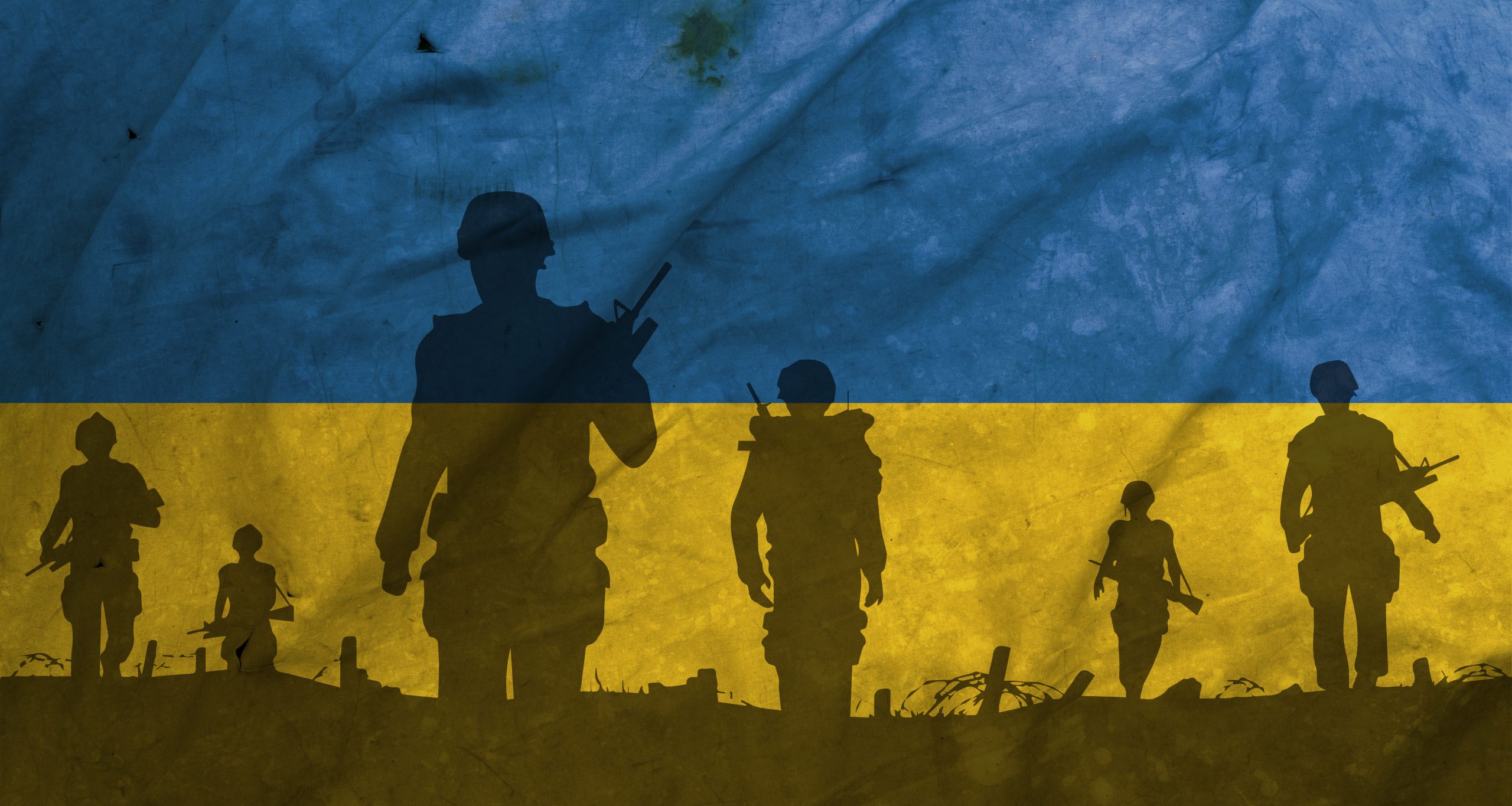The journalist, who headed a TV channel in occupied Horlivka for three years, “sided” with Ukraine and provided important information about the work of propaganda media in the self-proclaimed “Donetsk People’s Republic” (DPR). Despite the fact that his account cannot be easily verified, it corresponds to the results of monitoring by the Ukrainian side, Human Rights in Ukraine writes.
The journalist informed the Security Service of Ukraine (SSU), probably participating in the SSU program “They are waiting for you.” It helps Ukrainians who have played a minor role in the so-called “people’s republics” but have not committed any serious crimes to rebuild their lives in Ukraine. The man has a family in the occupied Donbas and only agreed to give an interview to the TV channel “Ukraine” under another name – Serhiy and with a mask and clothes that prevented his identification.
He worked for the Horlivka TV channel for three years and lost his illusions about the DPR. The journalist explains that there could be no criticism of the “DPR authorities” on the channel, that you can only praise them and give positive news.
An example of this kind of news, which had a taboo on his channel, was the underground strike in Zorynsk (within the so-called “Republic of Luhansk People”, or “LPR”).
Miners from the Nikanor-Nova mine spent six days underground, demanding repayment of wage arrears in 20 months, and that plans to close the mine would be postponed. The LNR authorities apparently promised to pay the money but ignored the demand to keep the mine open.
The event did not receive any coverage in LPR / DPR, neither on television nor on Internet websites. Of course, it is impossible to say that the people of Horlivka were not interested in the strike, because, according to Serhiy, there was a similar situation in his city, or at least an attempt on it. “The situation was the same at the Stryrol plant. People wanted to go on strike and began collecting signatures of those wishing to take part. Then the signatures fell into the hands of the “DNR of the Ministry of State Security.’ All the people on the lists were called “for a talk”.
Serhiy explains that such “talks” are held with anyone who, in their opinion, could tarnish the reputation of the so-called “republic.” If people do not respond properly, then other, more rigid methods of persuasion are used.
He says that “the DNR Ministry of State Security” controls what is shown and what is a taboo in the local media. Each channel or media has its own security service that “monitors” them. At the same time, in Horlivka, it is Oleksiy Alchyn, a former SSU officer, who now works in the DNR.
He is in complete control of the local media: Alchyn or his people apply if something goes wrong, or dare to say or present information differently than required.
Serhiy calls Russian Olexandr Kazakov responsible for DNR propaganda. Kazakov was officially an “adviser” to Olexandr Zakharchenko, the leader of the militants, killed in a bomb blast on August 31, 2018.
It is unofficially believed that Kazakov is in charge of the Russian FSB. Kazakov, according to Serhiy, held meetings with all structures, including all mass media. People must have had the illusion that Donbas was moving towards Russia. He cited education as an example. People were told that they were moving to the Russian education system and that textbooks had been brought from Russia.
The general message on all TV channels had to be that Ukraine (under government control) was getting worse. The journalist says they have been instructed on the number of features needed to push the idea.
Russia apparently did not trust journalists, and in order to correct this, Russian supervisors, according to Serhiy, sent them for “training” in Rostov-on-Don in Russia. He claims that he did not personally create propaganda materials about the “junta in Kyiv” and the “punishers” of Ukrainian soldiers.
SSU spokeswoman Olena Hitlyanska claims that hundreds of Ukrainians involved in the so-called “republics” have changed sides. She says the vast majority understands that they must work with the SSU to “regulate” their situation, but adds that everyone is being checked.
The description of Serhiy’s work in occupied Horlivka has many features in common with those given by former journalists of the Russian state media.
One of the first steps of Russian-armed militants in 2014 after seizing control of the cities of Donbas was to abolish all access to Ukrainian television. Over the following months and years, Internet sites were also blocked, albeit less systematically.
According to the monitoring of the Digital Security Laboratory in Ukraine, in 2019 the Luhansk People’s Republic is more actively monitoring Russia’s leadership in censorship.
This in no way reflects respect for freedom of thought in the DPR. Two journalists, Stanislav Aseyev and Oleg Galazyuk, were tortured and imprisoned for up to two years for writing the truth about life in the occupied Donbas. There are a number of hostages who are still in prison, and the “accusations” against them are related to comments made on Twitter or social networks.
Natalia Tolub






 UA
UA FR
FR DE
DE




